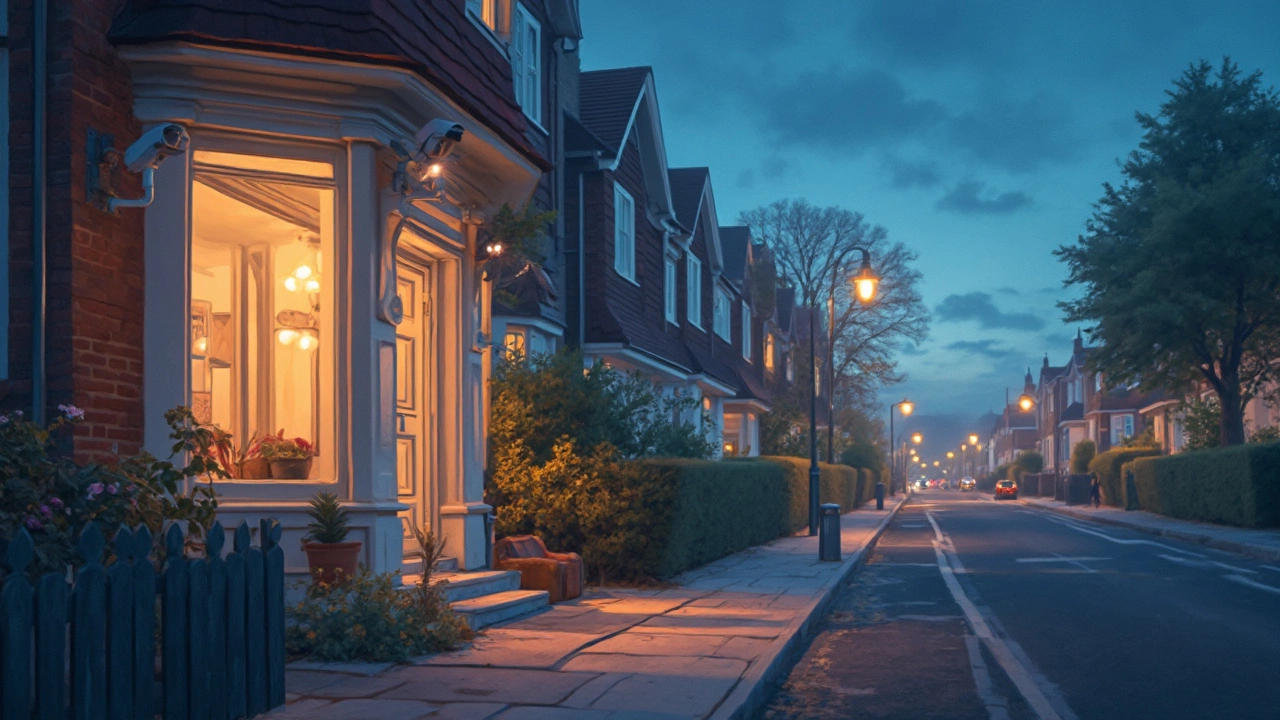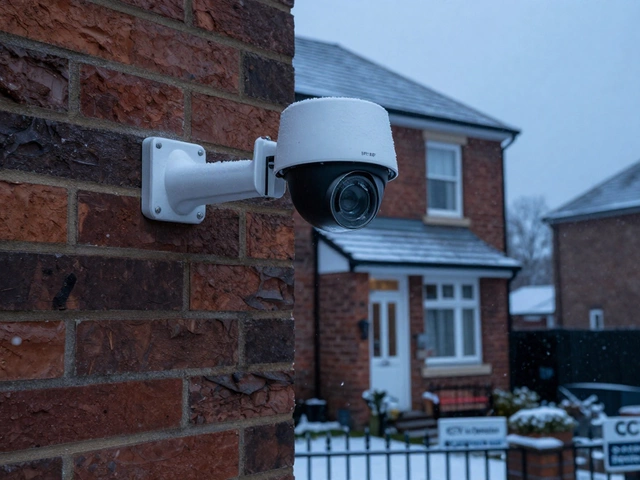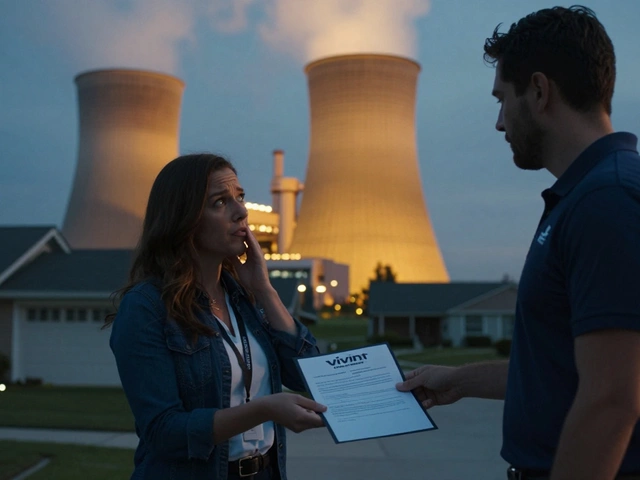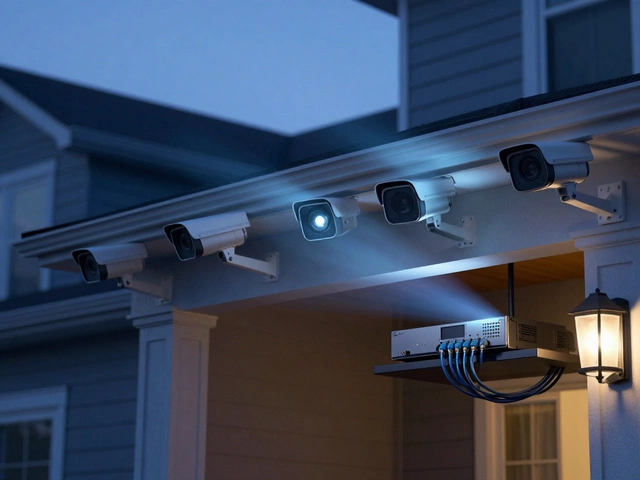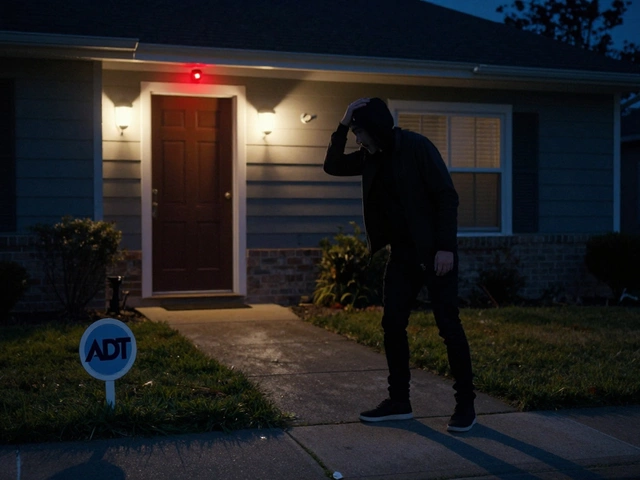CCTV Power Usage: What You Need to Know
Ever wonder why your security camera bill sometimes spikes? The answer lies in how much power each camera draws and what makes it hungry for electricity. Understanding these basics helps you pick the right gear and keep the cost down without hurting performance.
What Affects CCTV Power Consumption
First off, not all cameras are created equal. A simple indoor dome that records at 1080p will sip far less juice than a 4K outdoor box with infrared LEDs. The main power hogs are:
- Resolution: Higher pixels require more processing power.
- Infrared (IR) LEDs: Night vision lights turn on in darkness and can add a few watts per hour.
- Video compression: Modern H.265 chips are more efficient than older H.264 models.
- Connectivity: PoE (Power over Ethernet) pulls power through the cable, while wireless units need a separate adapter.
- Continuous vs. motion‑triggered recording: Recording 24/7 uses more energy than a sensor‑only setup.
Typical indoor cameras sit around 2‑5 watts, while outdoor bullet types with LEDs can reach 8‑12 watts. Multiply that by the number of units and the hours they run, and the numbers add up fast.
Ways to Cut Your Camera Energy Costs
Now that you know where the power goes, here are practical steps to lower the bill.
1. Choose low‑power models. Look for cameras that advertise “low power consumption” or list watts under 5. Many newer 1080p units use smart sensors that dim IR LEDs when there’s enough ambient light.
2. Use motion detection. Set cameras to record only when they sense movement. This can cut active recording time by 70‑80% and reduce LED usage at night.
3. Schedule night‑vision. Some systems let you turn off IR LEDs during specific hours or when ambient light is sufficient. Tweak the schedule to match your neighborhood’s lighting.
4. Power over Ethernet (PoE) switches with energy‑saving features. Modern PoE switches can detect low‑draw devices and reduce voltage output, shaving a few watts per port.
5. Consolidate cameras. Instead of dozens of low‑res units, consider a few higher‑resolution cameras that cover larger zones. Fewer devices mean less total power draw.
Lastly, keep an eye on your electricity bill and compare it to the camera specs. If you notice a sudden jump, check for firmware updates—manufacturers often release more efficient code.
By picking the right cameras and tweaking settings, you can keep your property safe without blowing your energy budget.

